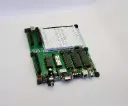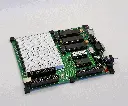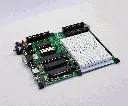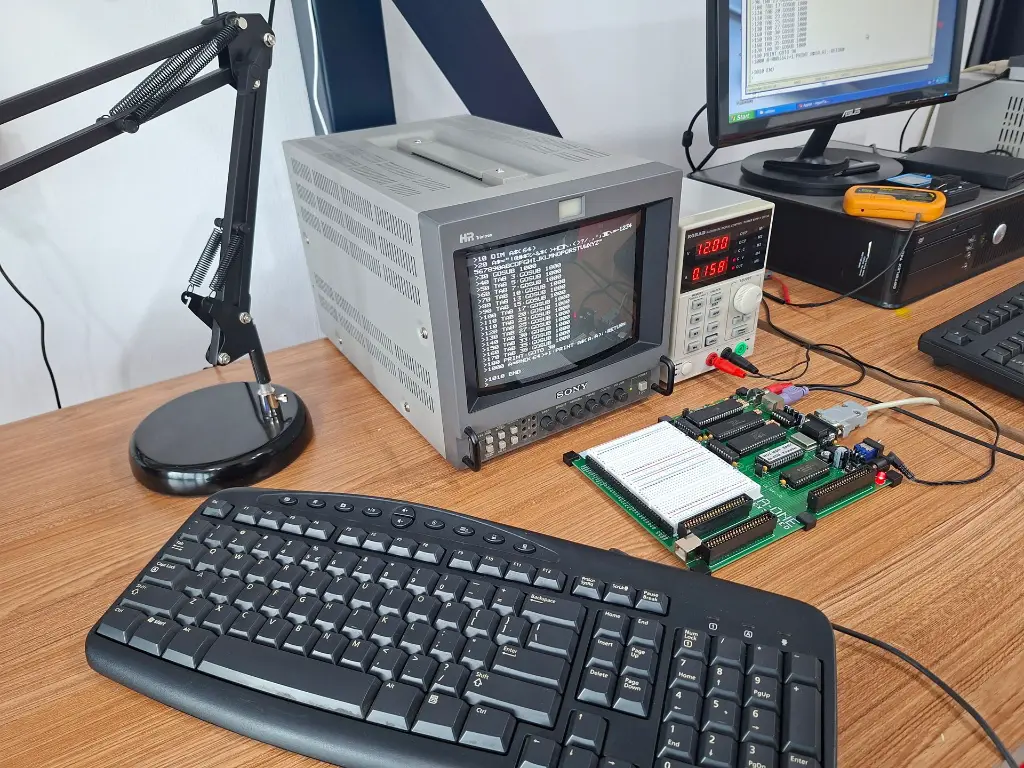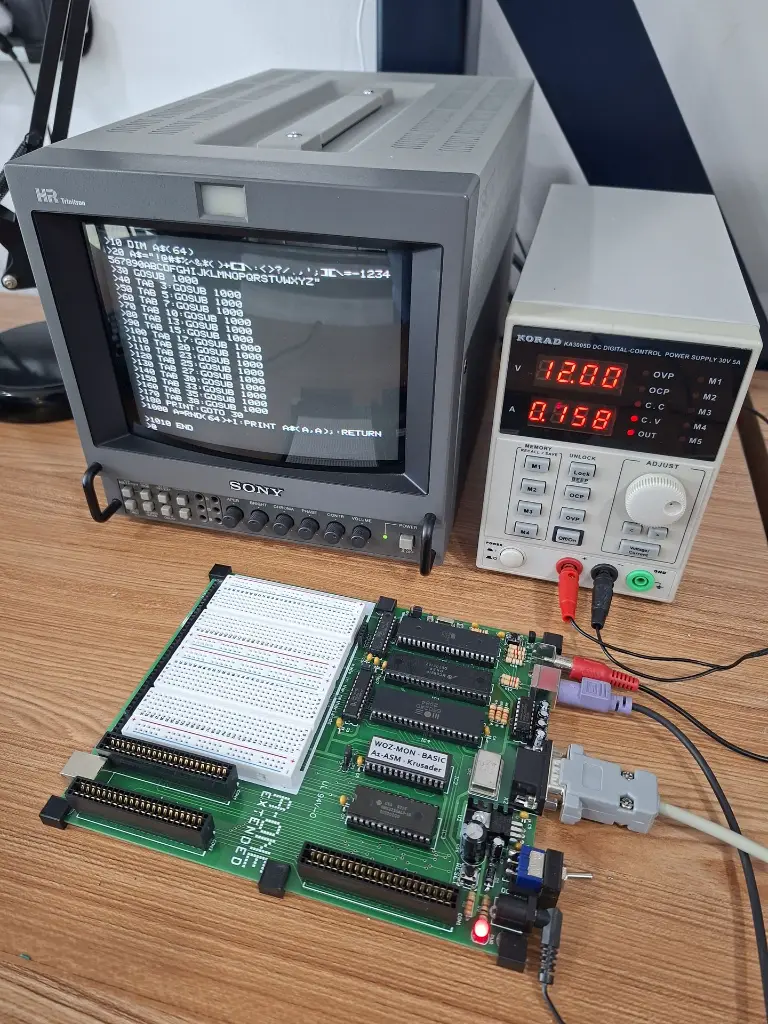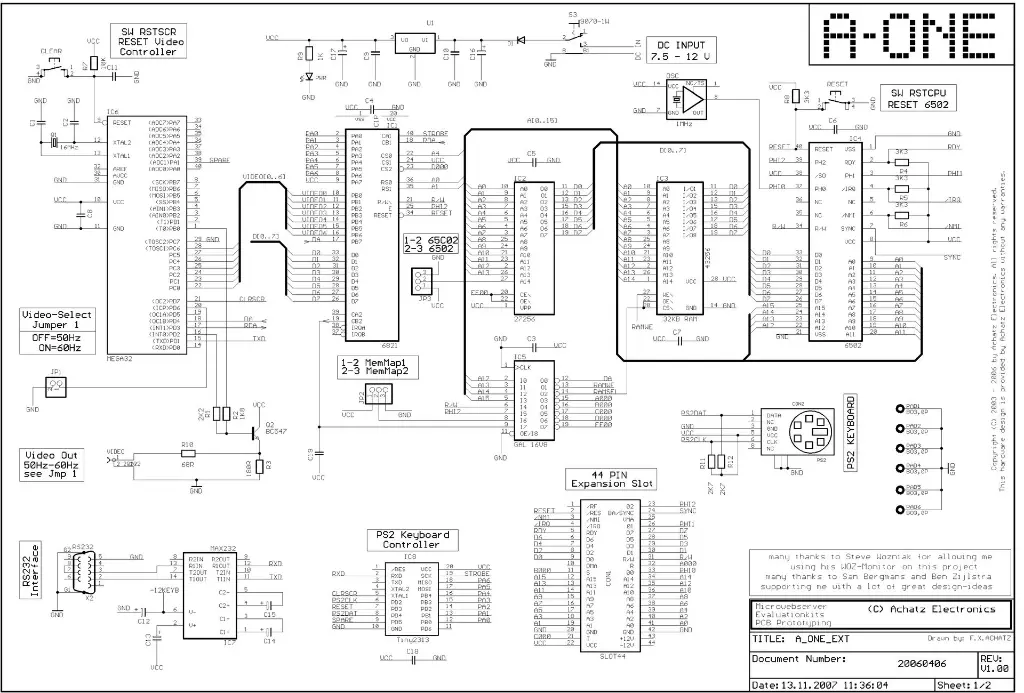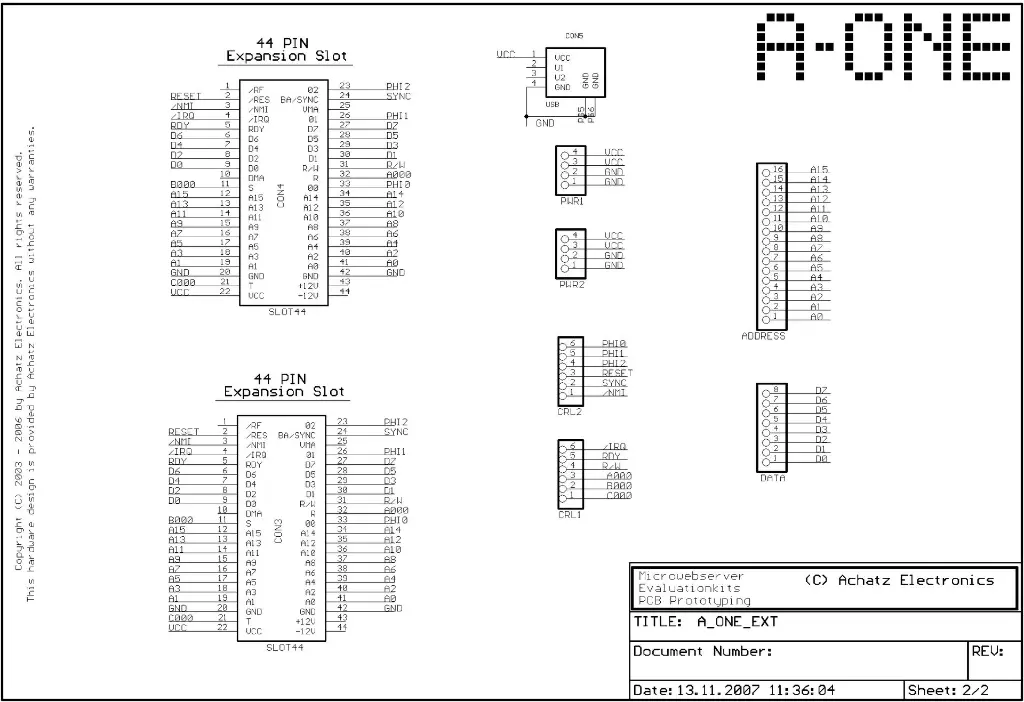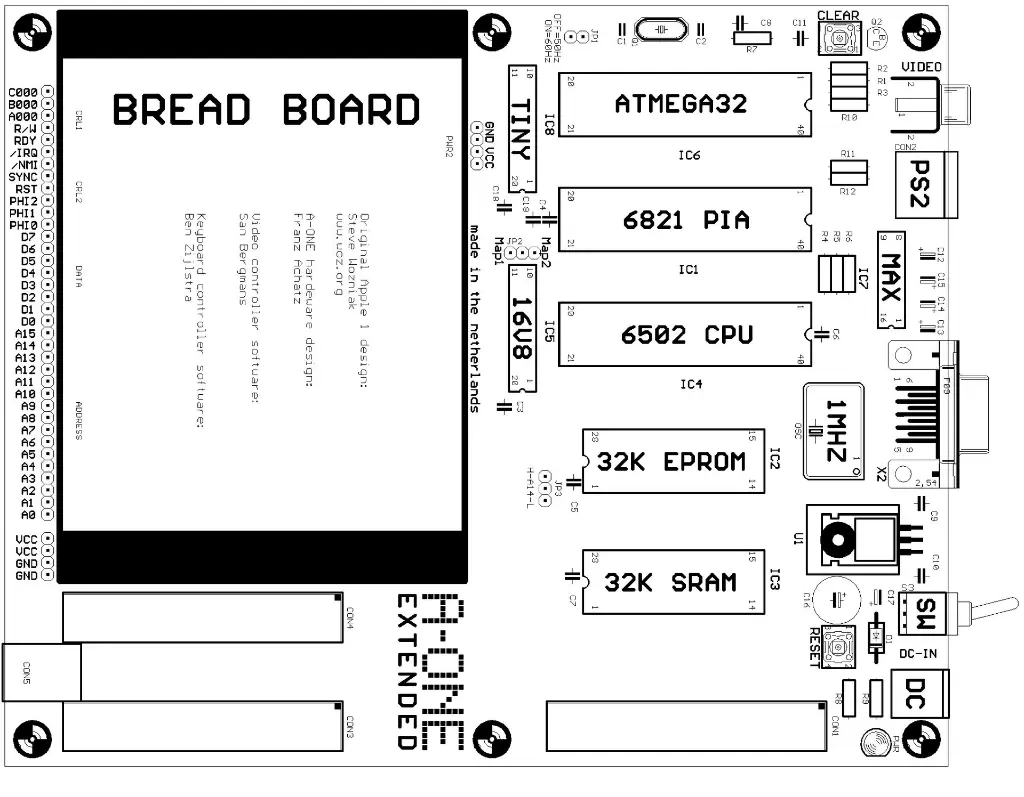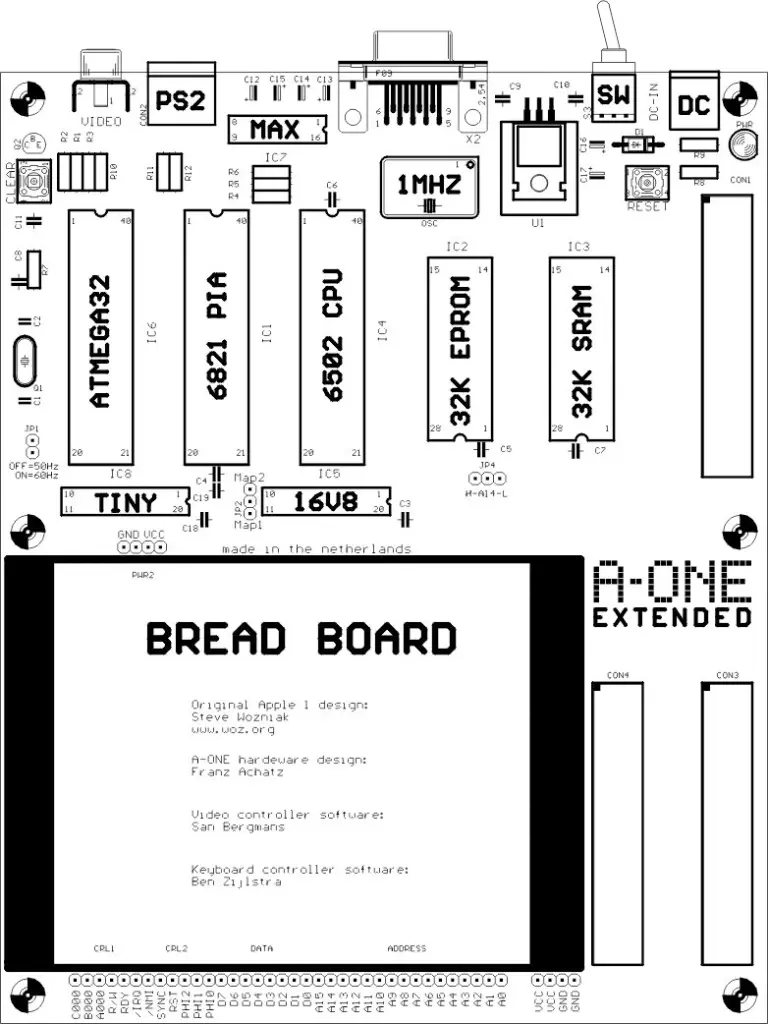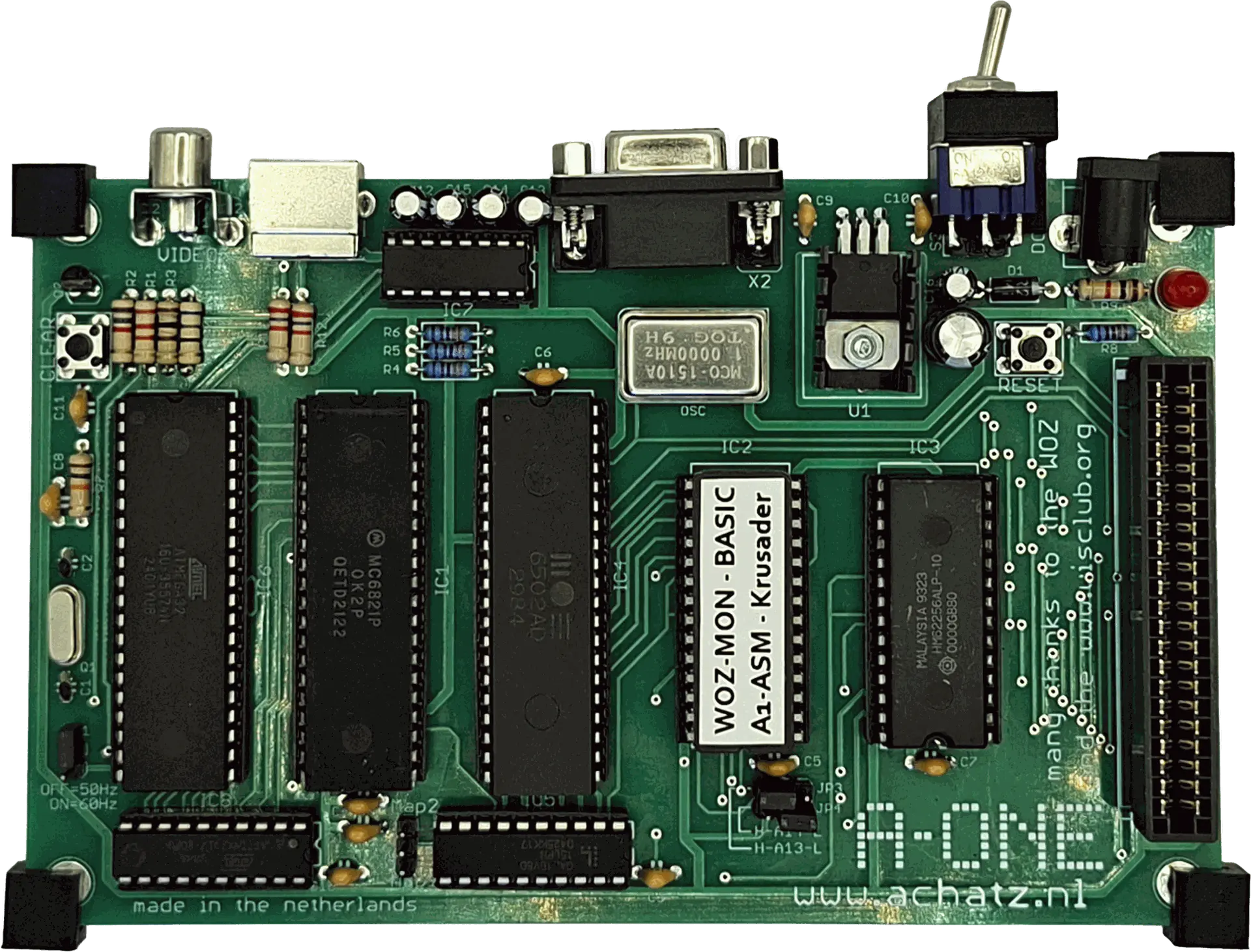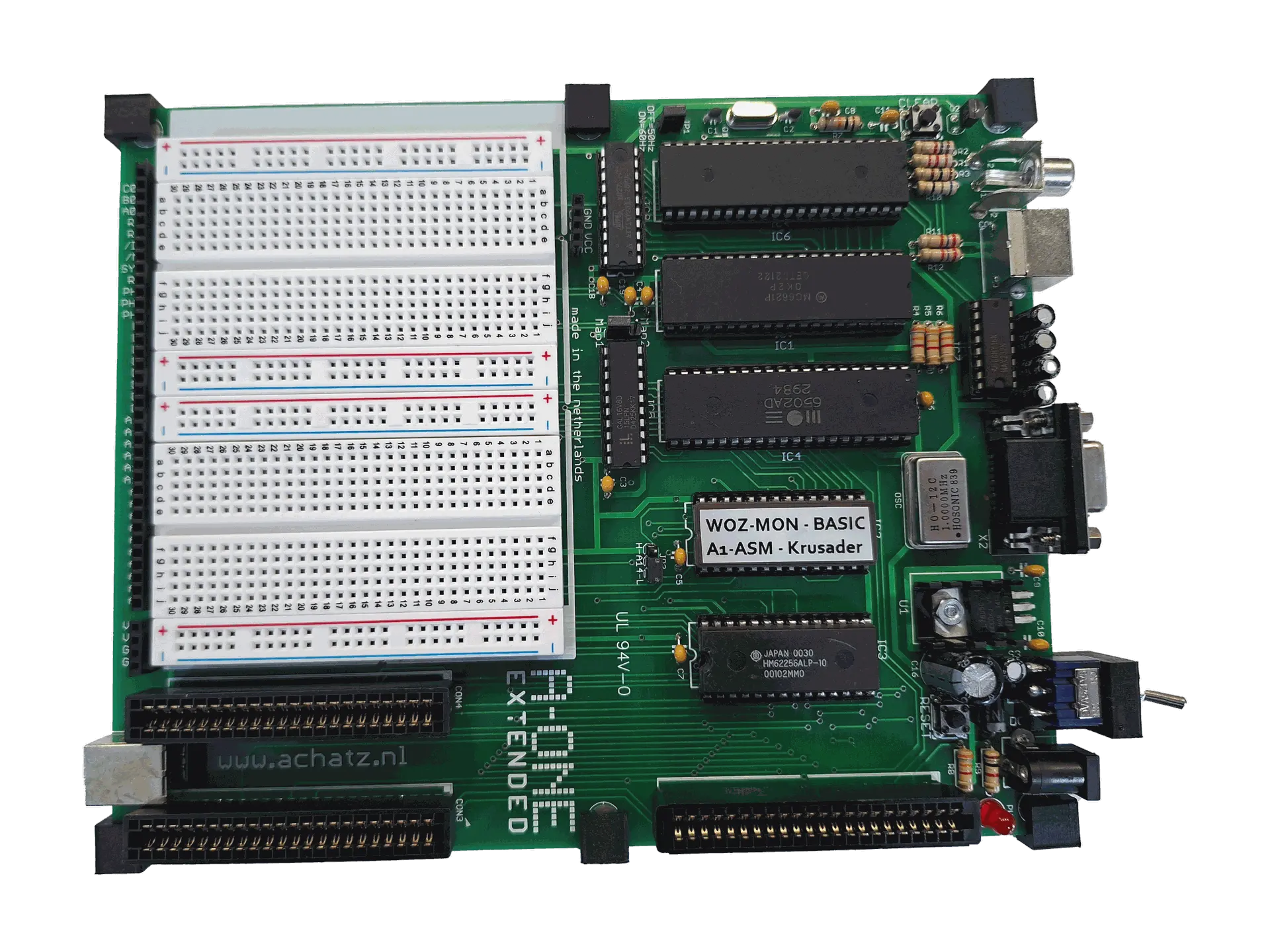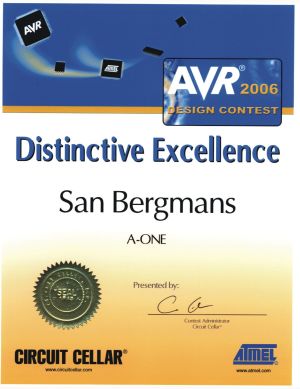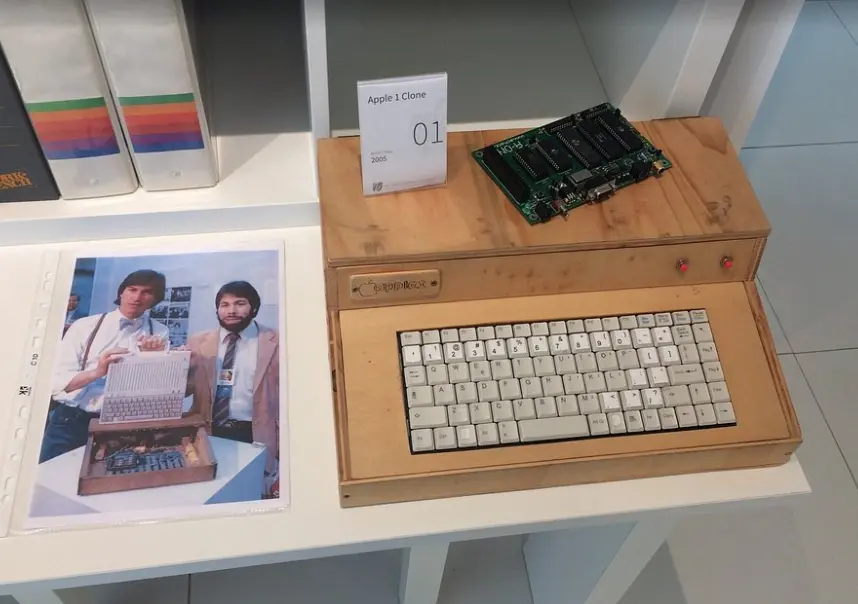The Story of the A-ONE
Bringing the legendary Apple-1 back to life for enthusiasts worldwide
In 1976, Steve Wozniak and Steve Jobs introduced the world to the Apple-1, a computer that would change history. Only about 200 units were ever built, and fewer than 50 still exist today. With auction prices reaching hundreds of thousands of dollars, the Apple-1 has become an untouchable collector’s item.
For many enthusiasts, that meant they could only dream of owning or working with one. But in 2006, Franz Achatz, an electronics engineer based in the Netherlands, decided to change that.
Inspiration and Beginnings
Franz’s first encounter with Apple was in 1982, when he bought an Apple II – one of the most advanced home computers of its time. Later, he upgraded to an Apple IIc, but the fascination with Apple’s very first machine never left him. When Apple celebrated its 30th anniversary in 2006, Franz saw the perfect opportunity: build a faithful replica of the Apple-1.
“I knew from the start that the CPU had to be the original MOS 6502, paired with the 6821 PIA for I/O. I didn’t want to emulate it with modern chips – I wanted the A-ONE to be as authentic as possible.” – Franz Achatz
The first widely available Apple-1 reproduction was the Replica 1, created by Vince Briel in 2003. His pioneering work proved that there was strong interest in revisiting Wozniak’s legendary design.
Franz respected Briel’s achievement, but set out with a different goal: to design a replica that was not only faithful to the Apple-1 but also minimalistic, using the fewest parts possible while retaining full functionality. This philosophy became the cornerstone of the A-ONE project.
From Schematics to Prototype
Franz began in June 2006 by studying the original Apple-1 schematics shared by Steve Wozniak with the Homebrew Computer Club. The biggest challenge was to keep the design simple, true to the spirit of the Apple-1, but still practical for modern use.
Instead of dozens of small RAM chips, Franz used a single larger SRAM module. For address decoding, he introduced a GAL chip, which replaced several individual logic chips while retaining the same functionality.
The keyboard controller was based on an ATtiny2313, making it possible to connect a modern PS/2 keyboard, while still keeping the feel of a 1970s homebrew computer.
After several intense weeks of soldering and programming, the first prototype was complete.
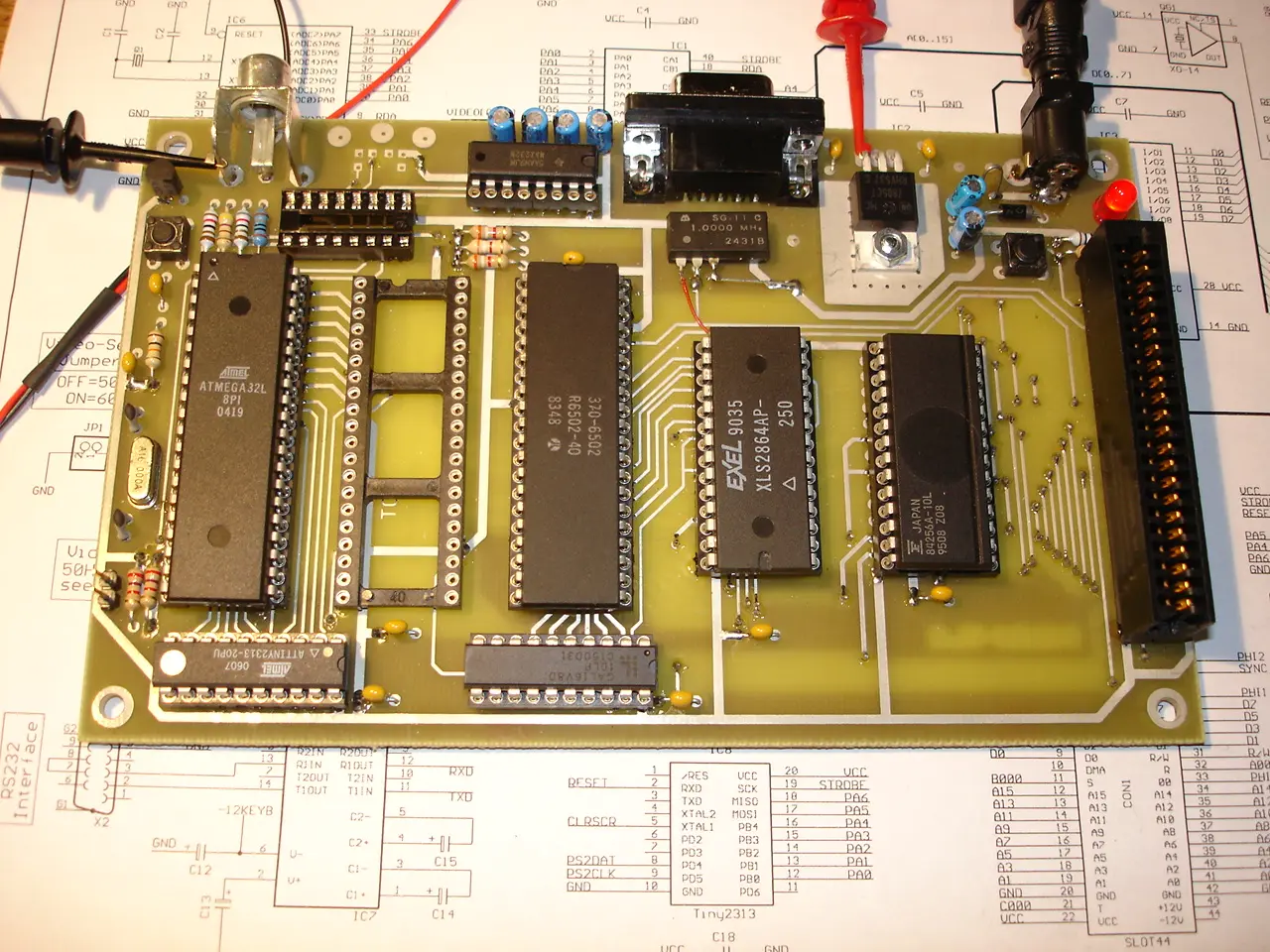
First PCB
Collaboration and Innovation
During this period, Franz collaborated with San Bergmans, well known for his SB Assembler. San created a special version of his assembler that fit into just 4 KB of RAM – leaving only 2 bytes unused! He also contributed ideas for different memory maps, making the design more flexible and closer to the original.
Later, San rewrote the video firmware to improve compatibility across televisions, ensuring the A-ONE would work anywhere. For video, he created a Video Terminal Program to run on an ATmega32 microcontroller, ensuring compatibility with both 50 Hz and 60 Hz displays.
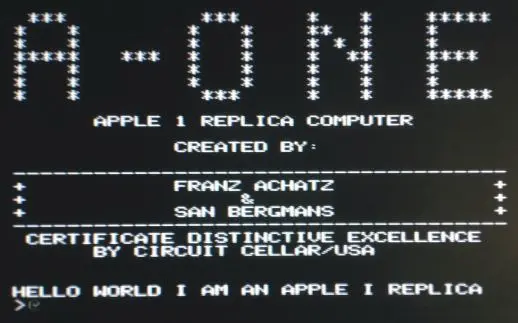
Start Screen A-ONE
Support from Steve Wozniak
One of the most remarkable aspects of the A-ONE story is that Franz received written permission from Steve Wozniak himself to use the original Apple-1 ROM code – including the famous Woz Monitor and Apple BASIC. This made the A-ONE not only a hardware replica but also a true functional descendant of the Apple-1.
Recognition and Awards
In 2006, the A-ONE entered the Atmel AVR Design Contest, organized by Circuit Cellar magazine in the USA. Competing against projects from all over the world, the A-ONE won the “Distinctive Excellence” Award, gaining international recognition.
More Than a Replica
With 32 KB of RAM, composite video output, PS/2 keyboard support, and RS232 connectivity, the A-ONE stayed true to the Apple-1 spirit while offering modern reliability. Later, the A-ONE Extended Board was introduced, featuring an integrated breadboard area for building custom circuits and expanding the Apple-1 experience beyond software.
The A-ONE became not just a replica, but a living tribute to the dawn of personal computing – bridging 1976 with today.
